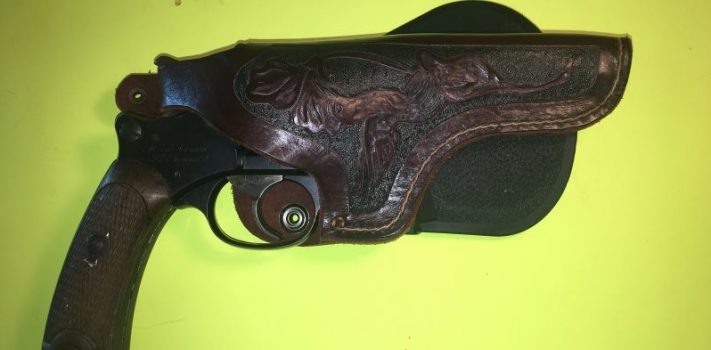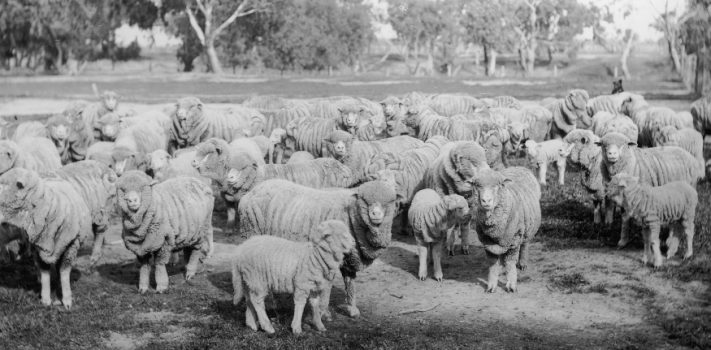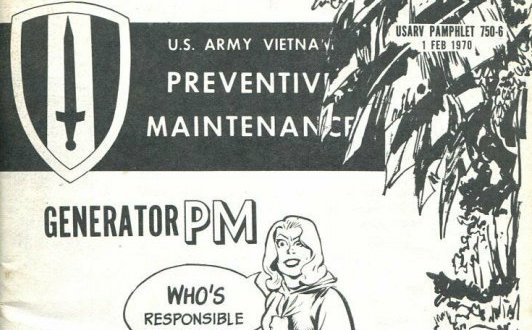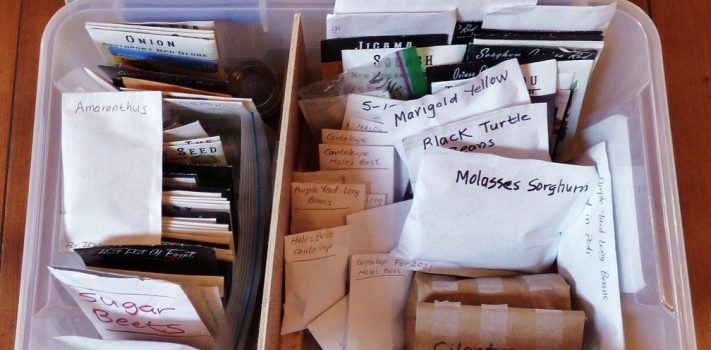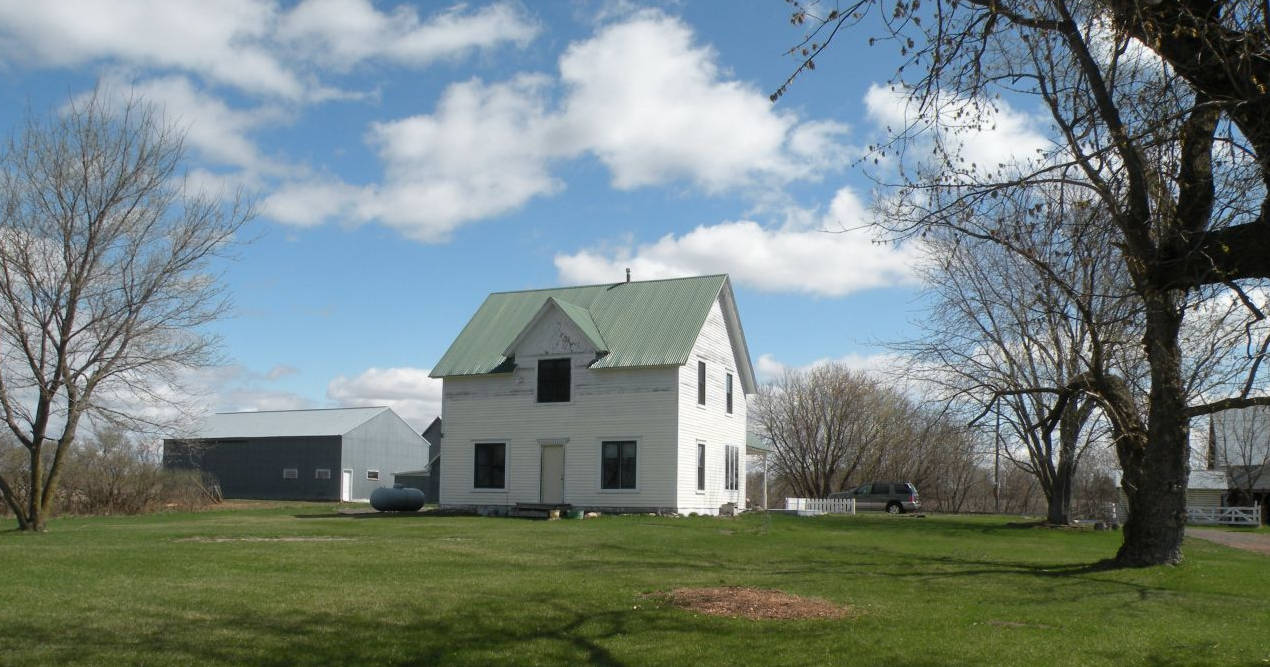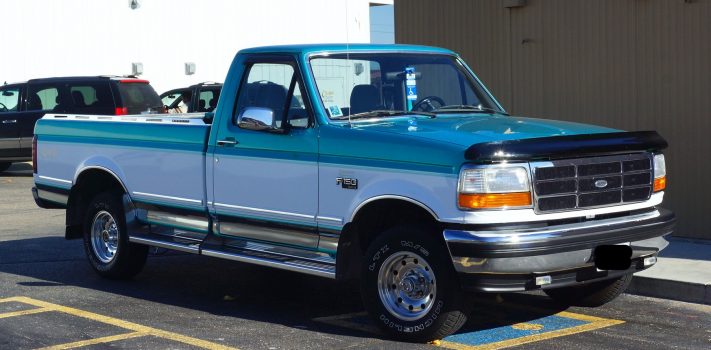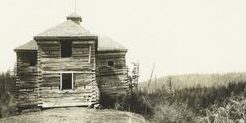I Survived Running for Office, by W.W.
In light of the current political turmoil and contested election, some readers may be thinking of throwing their hat in the ring for elected office. I would like to share my experience of my candidacy for U.S. Congress for the 4th District of Pennsylvania in 2012. As you may recall this was the general election where Barack Obama was elected president and the Tea Party was quite active. I’ve earned a Bachelor’s Degree in History and have always been interested in the political process. Back in the 1990s I served on the executive committee of the Political Action Committee (PAC) …


